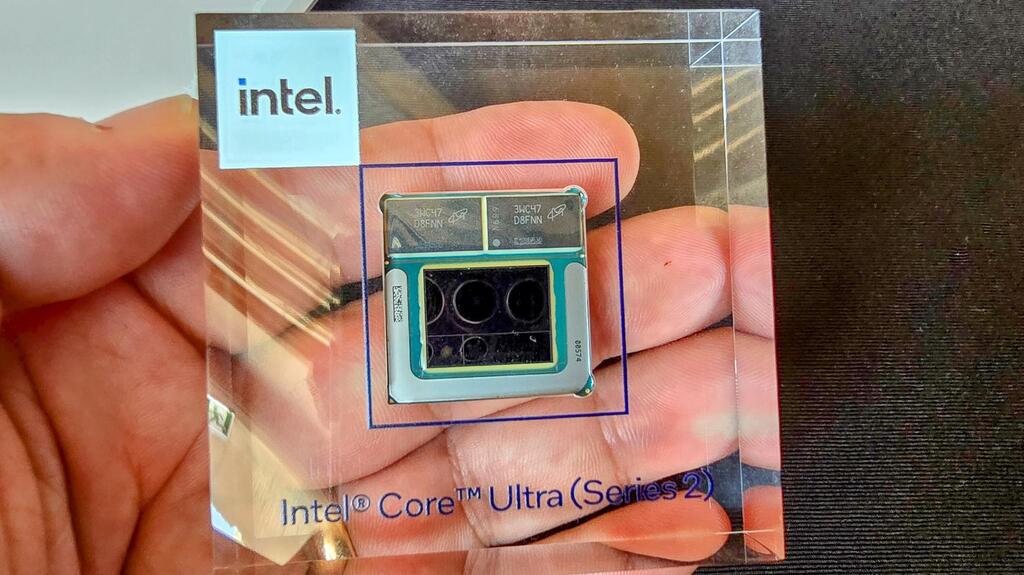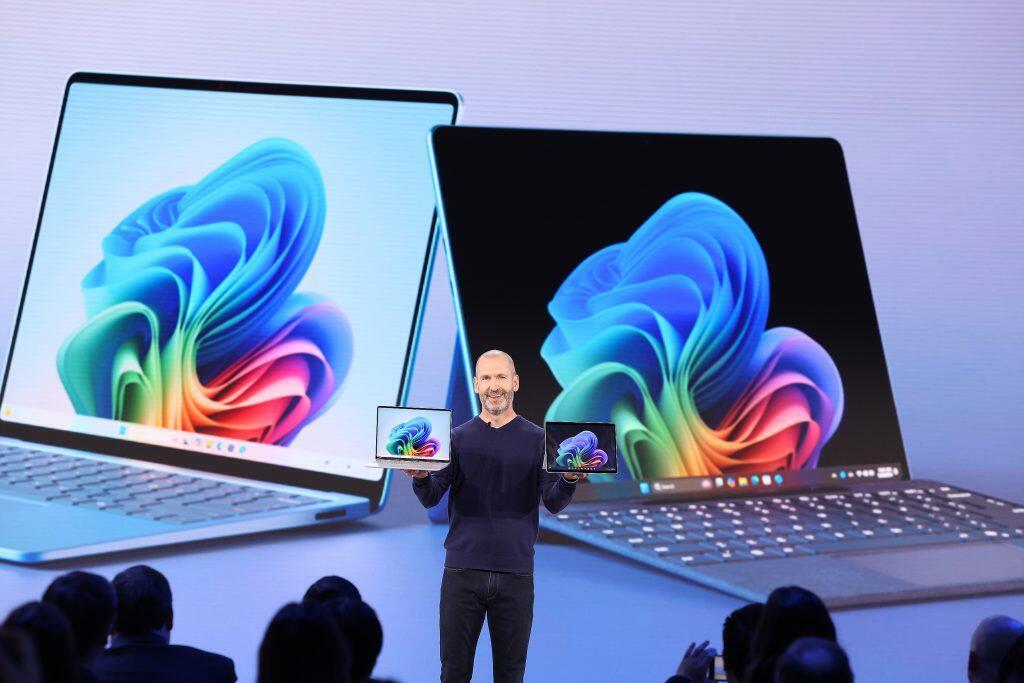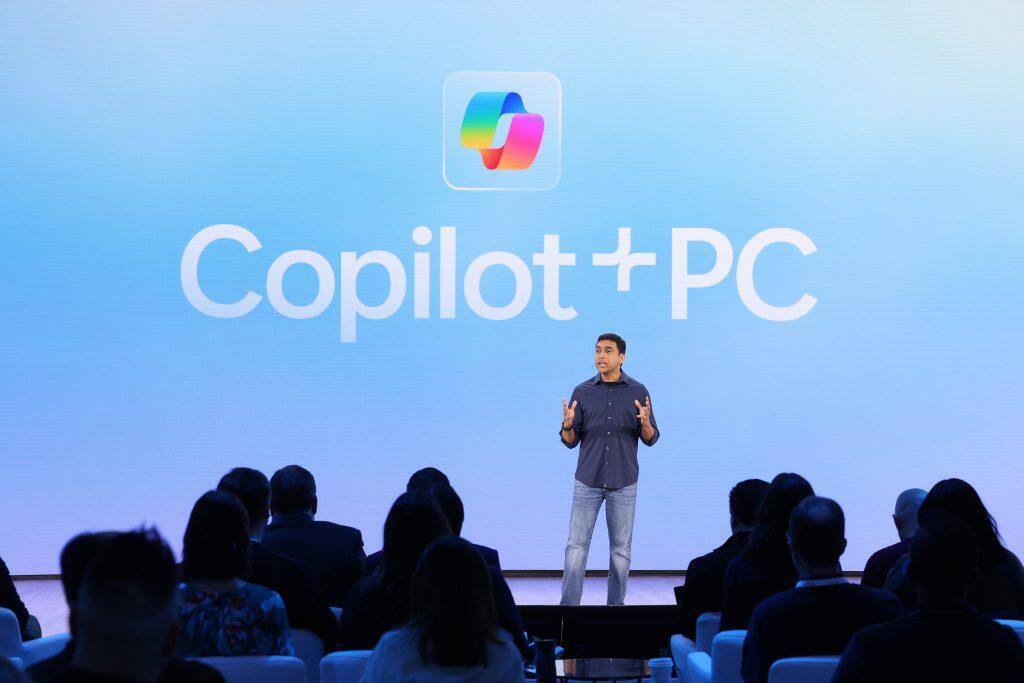Getting your Trinity Audio player ready...
In early September, Intel orchestrated a gathering of computer manufacturers and elite tech journalists from around the globe, just days before the opening of IFA, Europe’s largest consumer tech exhibition and the second largest in the world. This event saw Intel investing heavily from its shrinking marketing budget to unveil its latest flagship processor, the impressive Lunar Lake.
Berlin, a city rebuilt after the devastations of World War II and the communist era, serves as a fitting metaphor for the current state of the computer processor industry. Once, giants like Intel, Motorola, IBM, and MOS Technology dominated the scene, crafting processors for personal computers—the smartphones of the 70s, 80s, and 90s. That was the golden era.
Fast forward 30 years, and our computer processors now hail from three (or four, depending on your perspective) main sources: Intel, AMD, Apple, and now Qualcomm. While processors might seem mundane, there’s a captivating narrative behind these chips. For decades, this industry remained stagnant, primarily due to a lack of competition. However, in the past year, the advent of generative artificial intelligence has turned the industry on its head.
The new standard
Last May, Microsoft introduced the Copilot Plus standard, establishing a baseline for AI computations on personal computers. The first systems showcasing this capability surprisingly featured Qualcomm's new Snapdragon Elite processors.
For Intel, currently grappling with survival, this was a stinging blow. If there’s a historic partnership in the business and tech world that’s endured for nearly five decades, it’s the WinTel duopoly—Windows and Intel—a union of Intel chips with Microsoft software.
Microsoft’s move away from this historic alliance comes at Intel’s most challenging period. The company has been in a rolling crisis for nearly a decade, and even the appointment of CEO Pat Gelsinger in 2021 has yet to reverse its fortunes. The situation has become so dire that Qualcomm has reportedly considered acquiring Intel, according to the Wall Street Journal.
In response, Intel has laid out a rescue plan that includes splitting its manufacturing and development divisions, possibly shedding its Altera division, reducing its stake in the loss-making Mobileye, and making structural changes in its graphics and AI chip divisions (formerly Habana Labs).
A complex scenario
Intel and Qualcomm aren’t the only players in this evolving story. AMD has also entered the fray, unveiling its Ryzen 300 AI processors supporting Copilot Plus last June. Additionally, Apple, with its proprietary processors for Mac computers, is set to enhance its devices with AI capabilities, although it’s a bit behind schedule.
The current landscape is complicated. Pronounced emphasis on Generative-AI notwithstanding, it's still unclear how much the public truly desires these capabilities, especially when many are available online, often for free. However, the AI buzz is something every company wants to associate with these days. At IFA, even oven manufacturers were slapping "AI" labels on their products—as if it guarantees a crispier pizza (spoiler: it doesn’t).
To bridge personal computers with AI and differentiate them from online services like ChatGPT, Claude, or Gemini, they need enhanced capabilities. These are measured in TOPS, a metric for AI processing speed, meaning Tera Operations per Second. Think of it as kilometers per hour for AI. Microsoft requires 45 TOPS to bestow the "Copilot Plus" label on a personal computer.
And this is where the new processors come into play. Traditional processors don’t meet the required TOPS, although they can run AI services, albeit not at Microsoft’s minimum TOPS speed. However, if you use a processor from the past year or two to run a small language model, a photo app, or even Zoom video call effects, it will work just fine.
A True Breakthrough, But at What Cost?
Processor manufacturers aren’t naïve—establishing new production lines for AI processors is a hefty investment that most are reluctant to make right now. So, what’s the strategy? Develop an advanced processor, manufacture it at Taiwan’s TSMC (everyone, including Intel, does this), and sell the equipped computers at a premium price.
These computers will sell in the millions at best, with prices starting at $1,755 and exceeding $3,240 for well-equipped models. Due to their new processor architectures, they sometimes can’t run every app or game. This will change over time, but it's currently a challenge.
From our experience with these computers, at least the Intel and Qualcomm versions, they indeed mark a breakthrough beyond AI use. The first advantage is significantly longer battery life, at least twice the usual, meaning these machines compete with Apple’s MacBooks in power efficiency.
The second advantage is their thin and light design (around 3.3 lbs. less for 15 or 16-inch screens), thanks to the transition to a System on a Chip (SoC) configuration, where the processor, graphics chip, and RAM are packaged in one unit. The benefit—this greatly reduces the size of the processor and accompanying chips. The downside—like smartphones, it’s a single unit that can’t be upgraded. So, if you buy a computer with 16GB of RAM, you won’t be able to add more later, unlike traditional computers.
For manufacturers, this is advantageous, as everything except the battery or hard drive is included in the package. If your computer becomes outdated and slows, you’ll need to buy a new one at full price rather than upgrading the internal parts to extend its life.
Currently, these computer models are intended to sell at premium prices. Amusingly, many are priced similarly to Apple’s MacBook Pro or Air. In some cases, Apple computers are even cheaper, provided you’re content with the still-potent M2 processor.
For now, it seems major manufacturers like Lenovo, HP, Dell, Asus, and Acer aren’t rushing to invest all their resources into the Copilot PC processor market. Thus, for the foreseeable future, we will continue to see regular computers sold at regular prices. If and when the popularity of the new processors increases, they will likely transition us gradually to AI computers. For now, it remains a "what if?"




